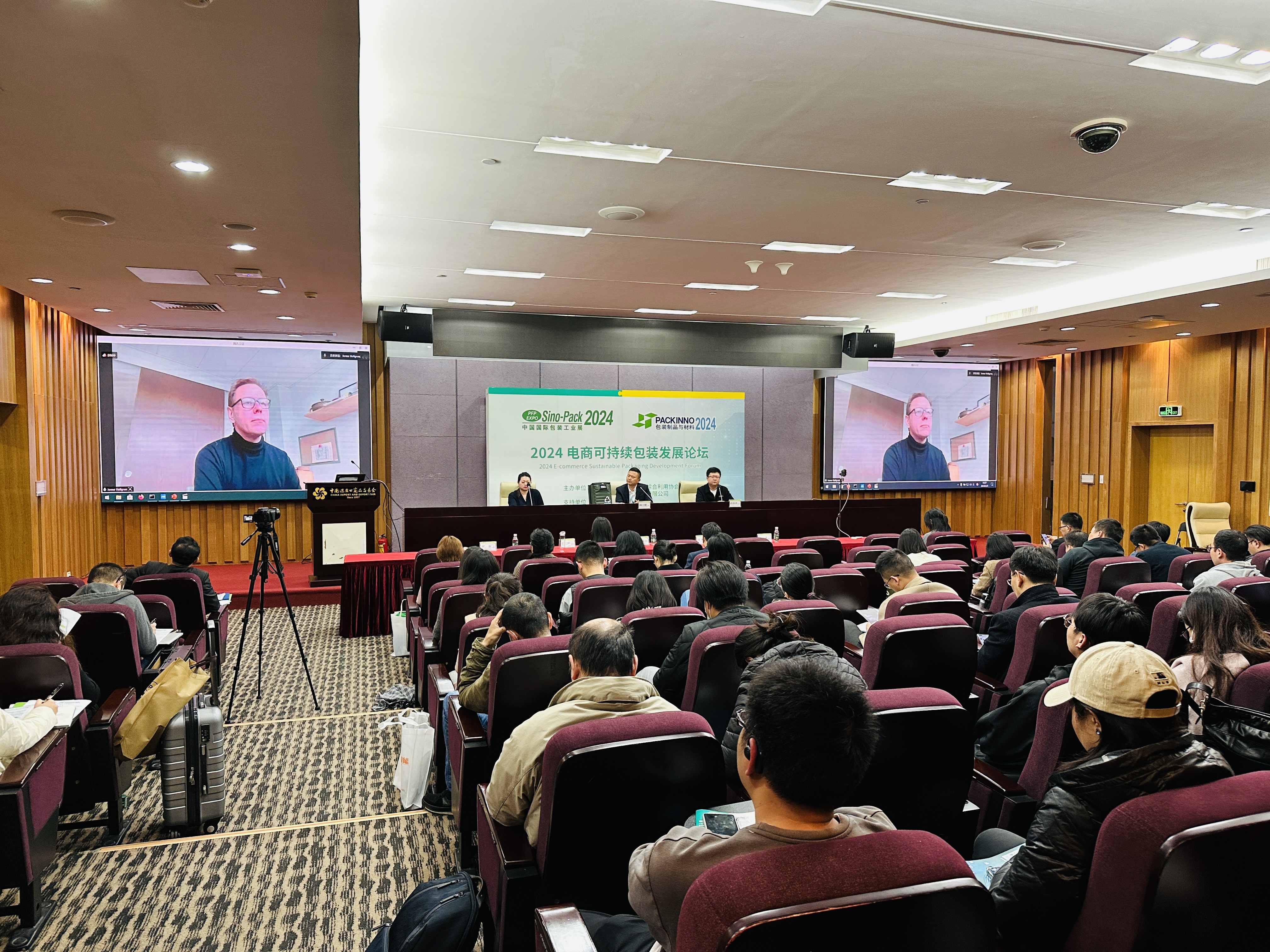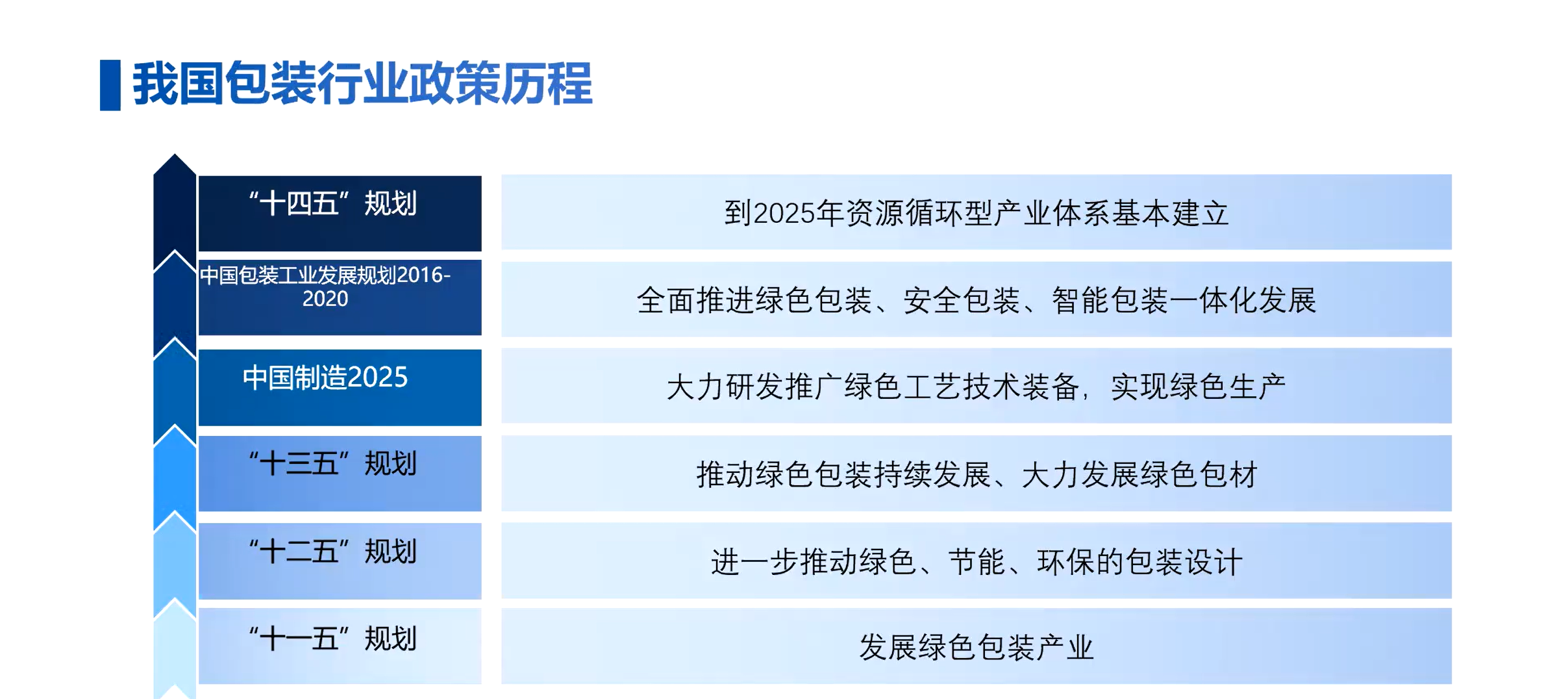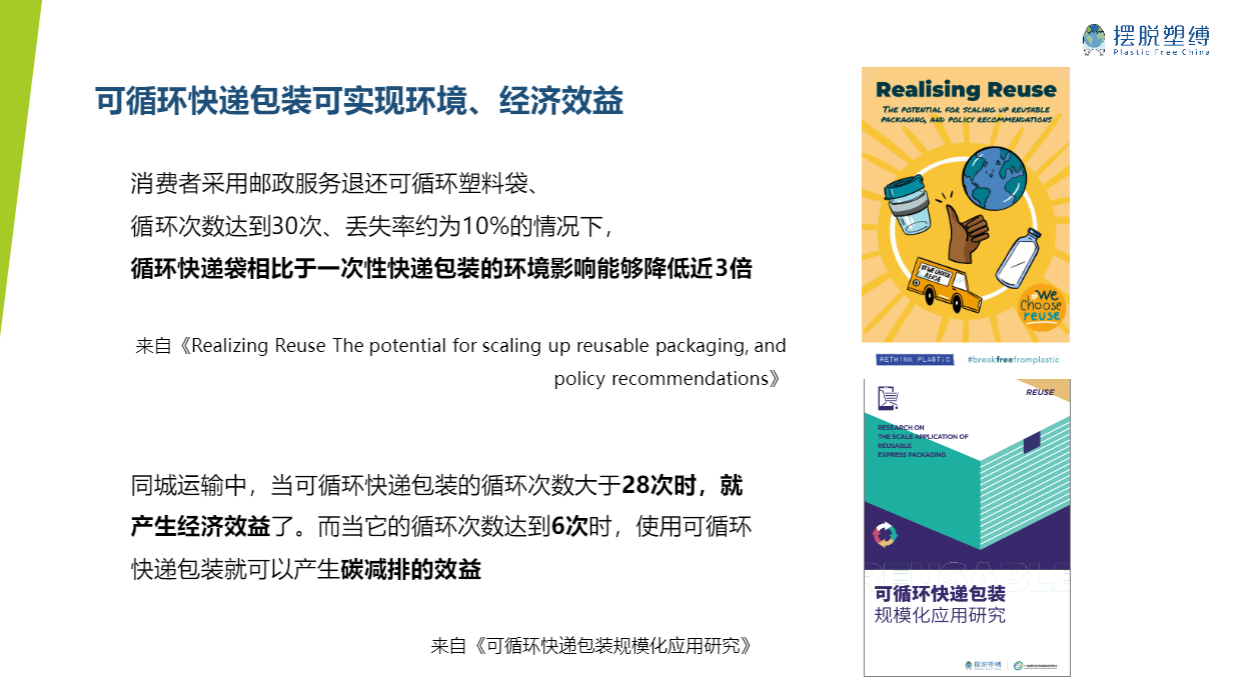How can the e-commerce industry help express delivery and takeaway reduce plastic pollution?
It's another year of "Goddess Day", which coincides with the first round of e-commerce marketing after the year.How to make e-commerce packaging sustainable and reduce disposable plastic pollution, excessive packaging and waste in e-commerce packaging, and how to provide consumers with sufficient green consumption choices while delivering products to consumers safely and conveniently?
In response to these problems, recently, a theme forum on the development of sustainable packaging for e-commerce hosted by the Guangdong Provincial Association of Circular Economy and Comprehensive Utilization of Resources and environmental protection agency Get rid of plastic was held at the venue of the China Import and Export Commodities Fair in Guangzhou. Through online and on-site participation, the forum links the pioneers of recycling packaging enterprises from different countries around the world and local leading enterprises in China, and promotes industry exchanges and dialogues at home and abroad.

Picture of the 2024 Sustainable Packaging Development Forum.
The green management of packaging has entered the era of full-chain governance, which requires multi-party cooperation
"The amount of packaging products and packaging waste consumed in China every year is amazing, and the production of packaging products and the treatment and disposal of packaging waste will produce a large amount of carbon emissions, which will cause great pressure on resources and the environment. Fu Zhijian, chief engineer of Guangdong Circular Economy and Resources Comprehensive Utilization Association, pointed out in his speech that under the dual carbon goal, the packaging industry urgently needs green, low-carbon and circular transformation and development.
"Packaging manufacturers should carry out packaging reduction design; commodity producers should optimize commodity packaging design, use simple packaging and green packaging; commodity sellers should put forward requirements for green commodity packaging and simple packaging to the supplier; consumers should develop environmentally friendly purchase, reuse and moderate consumption habits, and reduce the consumption of disposable plastic products. Fu Zhijian issued an initiative to the participating enterprises, practitioners and consumers at the meeting.
In response to the development trend of sustainable packaging, Professor Du Huanzheng, Dean of the School of Environment and Sustainable Development of UNEP-Tongji University, put forward three suggestions:"First of all, the sustainable packaging and the national green production mode, lifestyle, secondly, the packaging problem should be solved by resources and recycling, and finally, the whole chain should be solved to solve the packaging problem. In particular, e-commerce packaging requires the cooperation of commodity producers, merchants, logistics companies and consumers, and there are recyclers in recycling packaging, which can be solved by combining many links. ”
In response to the public's concern about the environmental benefits of sustainable packaging for e-commerce, Zheng Xue, Director General of the Freedom from Plastic Bondage, pointed out in her speech that the reuse model, as an environmental protection solution widely recognized by all countries, can contribute to the reduction of plastic pollution by 20%, and the environmental benefits should not be underestimated.
As an environmental protection organization deeply engaged in the field of takeaway delivery, it has its own observation and development suggestions for circular express delivery and takeaway models. Zheng Xue said that the government plays a crucial role in the establishment of a circular model. In the context of existing policies, local support for these policies still needs to be implemented, and it is necessary to reduce the initial cost of enterprise investment.

The policy history of China's packaging industry.
In particular, the government needs to play the role of a coordinator in the construction of relevant sharing and recycling systems. The circular model, including express delivery and takeaway, involves multi-stakeholder communication and co-construction, which requires the participation of multiple parties, including consumers, and relevant government departments, associations, public welfare organizations and other institutions play an important role in promoting multi-party communication.
Expand the scale of the industry to reduce costs and increase efficiency, and create a more widely distributed circulation system
In recent years, the rapid development of the e-commerce industry has driven the rise of the express packaging industry, and the logistics packaging of the e-commerce industry has achieved a comprehensive green transformation, which has an impact on carbon emission reduction that cannot be underestimated.
In terms of e-commerce logistics packaging innovation, Yang Wanmin, director of supply chain packaging innovation at P&G China, shared their innovative packaging - "air capsule" circular box. Yang Wanmin introduced that Procter & Gamble follows the technical route of "direct consumer capabilities, actively expanding and creating e-commerce direct packaging, creating product designs in line with China's environment by studying China's e-commerce environmental path, and developing green integrated packaging materials to reduce the need for secondary protection", effectively promoting the goal of 80% of e-commerce businesses without secondary protection.
Unlike P&G, which focuses on consumer goods, Grayscale is committed to the research and development, production and operation of green and environmentally friendly recycling packaging products. When talking about the difficulties and challenges encountered by recycling packaging supply enterprises, Wu Ruize, vice president of Grayscale Environmental Protection South China Branch, said frankly that how customers view and understand "recycling", whether they can accept recycling, and whether they understand the environmental benefits brought by recycling are external challenges encountered by Grayscale Environmental Protection.
"From the internal point of view, the product research and development capabilities on which the cycle itself is based, the denser warehouse network layout, and the more stable operation plan and system are all goals that enterprises need to achieve through continuous accumulation. Wu Ruize said.
Similar challenges are not unique to China's local sustainable packaging companies. Jonne Hellgren, CEO and co-founder of Finnish sustainable packaging company RePack, mentioned that while RePack's systems are largely based on postal systems, most of the circular and reusable systems are often "fragmented", according to RePack's focus region, Europe. How to educate consumers and build a stronger circulation system still poses a big challenge to enterprises in related industries.
It is worth mentioning that the foldable packaging used by RePack in the Asian market is also made in China, and its excellent quality and good foldability make the packaging product very popular.
For circular express packaging supply enterprises, advanced design technology and cost issues are also a major test faced by the industry. In this regard, Yang Wanmin bluntly said that he was not afraid of cost competition, "If there are manufacturers who can copy cheaper than us, we can cooperate with them." And P&G's "air capsule" technology has also been opened to industry use.
The roundtable guests generally agreed that only by expanding the industry and continuously testing and verifying the technology can we reduce costs and increase efficiency, and truly make recycling packaging usher in a "scale effect" and a sustainable future.

Environmental and economic benefits of recyclable express packaging.
The large-scale foundation of takeaway recycling packaging is good, and it is urgent to establish a comprehensive management system
In addition to the e-commerce industry exploring the green transformation of logistics packaging, some companies concerned about how to make the takeaway business more environmentally friendly are also exploring the development of takeaway recycling packaging to reduce the plastic pollution caused by takeaway lunch boxes.
For example, in order to deal with the plastic pollution problem caused by the "disposable disposable plastic lunch box", Shenzhen Kuaipin Information Technology Co., Ltd. (Shuangti) launched a takeaway circular lunch box and promoted it in the domestic market.
They provide reusable takeaway lunch boxes for food and beverage businesses to pack and use, and after consumers finish eating, they can put the lunch boxes into a nearby recycling bin, and then recycle and clean and disinfect the lunch boxes before putting them into use again. At present, the takeaway circular lunch box model has been applied in some colleges and universities in China.
"Relatively speaking, the environment of colleges and universities is relatively closed, and schools can directly intervene in administrative control, the supply and demand ends of colleges and universities are relatively concentrated, which is conducive to the realization of reverse logistics, and the student group has a high acceptance of new things and environmental protection concepts. Therefore, colleges and universities have become a good pilot soil for takeaway recycling lunch boxes. Wang Yichao, founding partner and chief operating officer of Shuangti, introduced that Shuangti has established a smart lunch box system based on the closed scene of the school, and through the built-in chip and unique identification code, the entire distribution, sorting, recycling, and inventory tracking of the lunch box can be smoothly realized.
As of May 2023, the average number of recycling times per lunch box per year has reached 63 times, helping the university reduce the use of 400,000 sets of single-use plastic lunch boxes.
Similar to the domestic Shuangti, Muuse is a reusable packaging intelligence platform with a focus on Asia and North America. The company uses QR codes and radio frequency identification (RFID) tags to track reusable containers, allowing users to easily borrow and return these items between different participating merchants and return stations, and has set up an effective management system to solve the problem of reverse logistics.
Jonathan Tostevin, the company's founder, who participated in the roundtable session online, said that the return rate of reusable takeaway lunch boxes is very important, and Muuse's reusable container return rate has reached 98%.
In the roundtable discussion session, the guests also discussed topics such as the construction of the takeaway circular lunch box system, the improvement of policies and regulations, consumer advocacy, and the solution of health problems.
Li Junmian, the founder of Guangdong Laijiawan, emphasized that in addition to cooperation with takeaway platforms and catering companies, the improvement of relevant legislation and policies is also particularly important for the development of the industry. Ding Yi, the moderator of the roundtable and the director of the plastic reduction project of getting rid of plastic constraints, added that the industry urgently needs to establish a comprehensive management system, clarify the competent departments for takeaway plastic pollution control, and establish a better support system, so that enterprises can obtain policy incentives and support.







